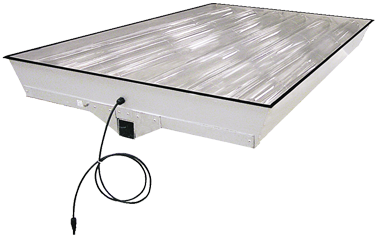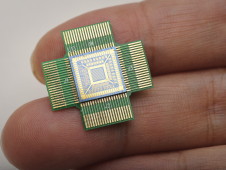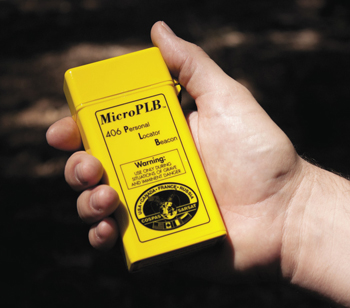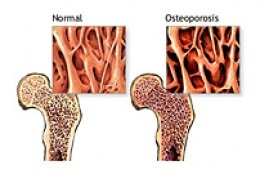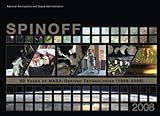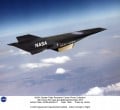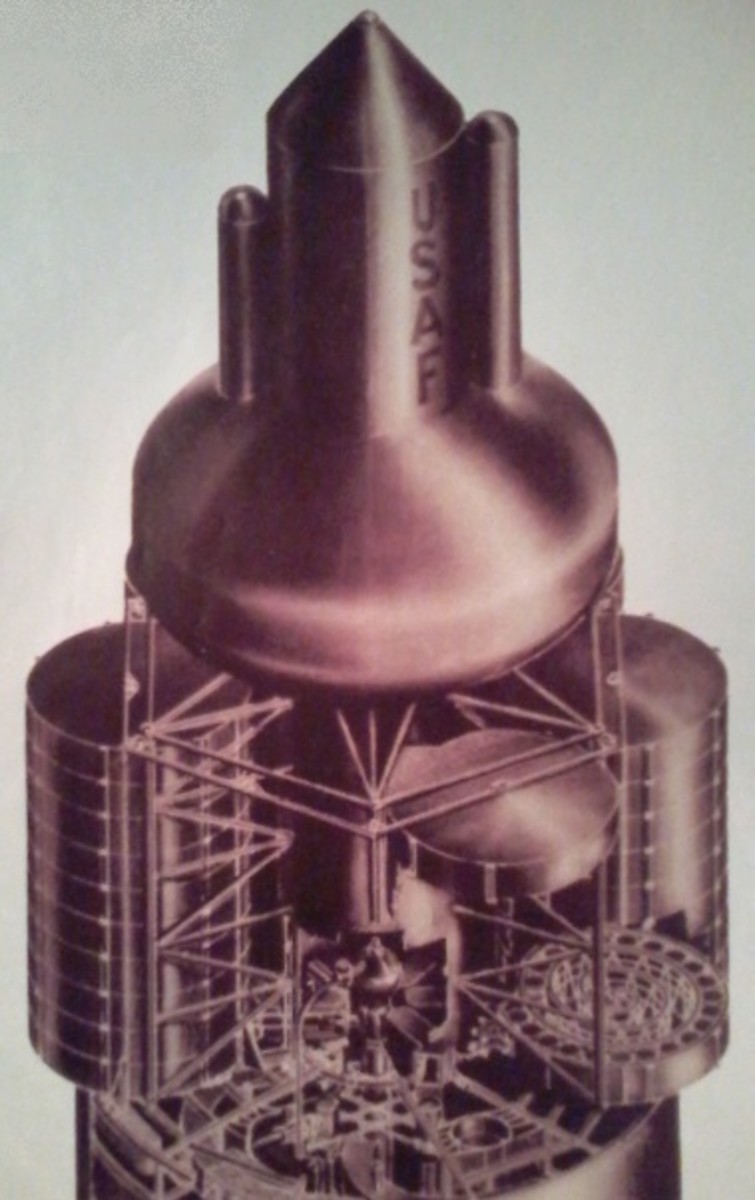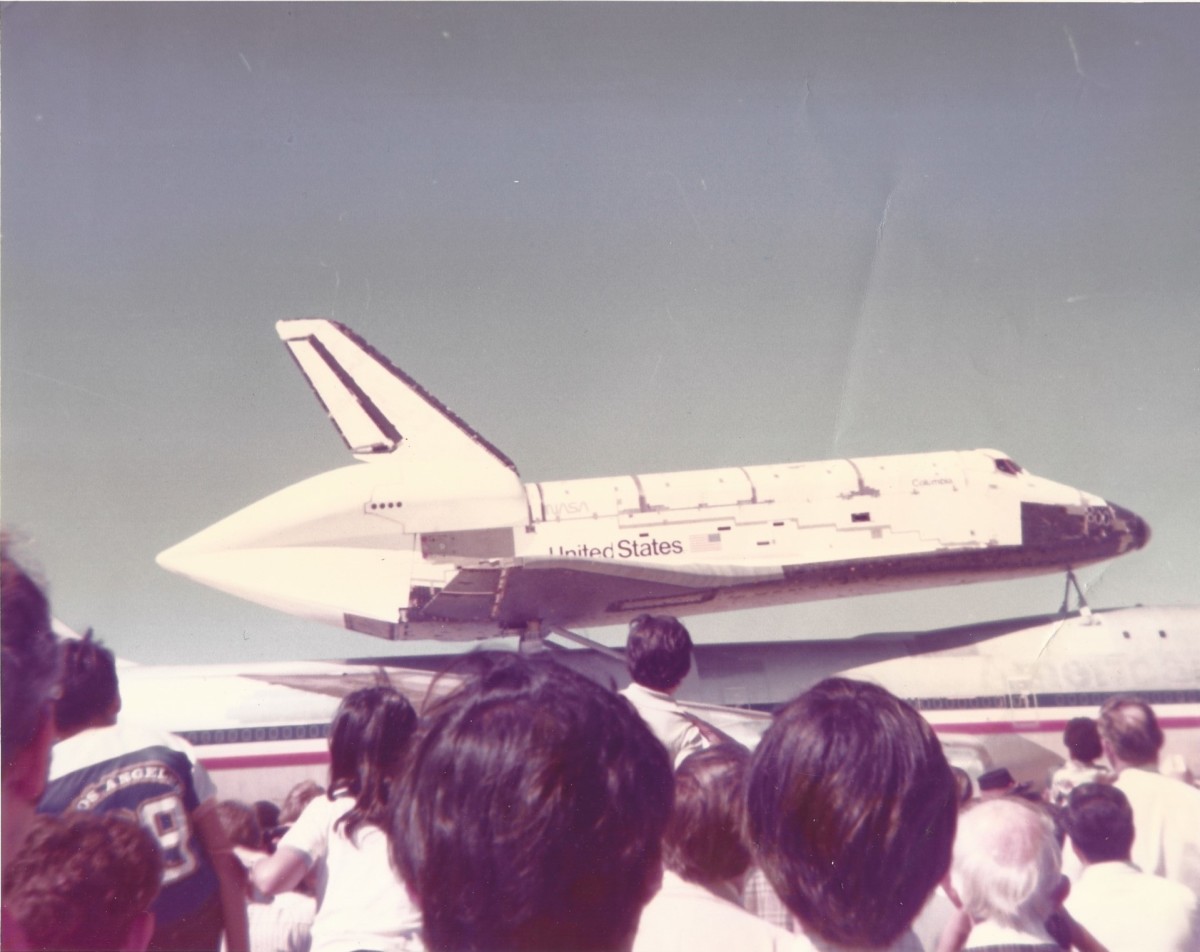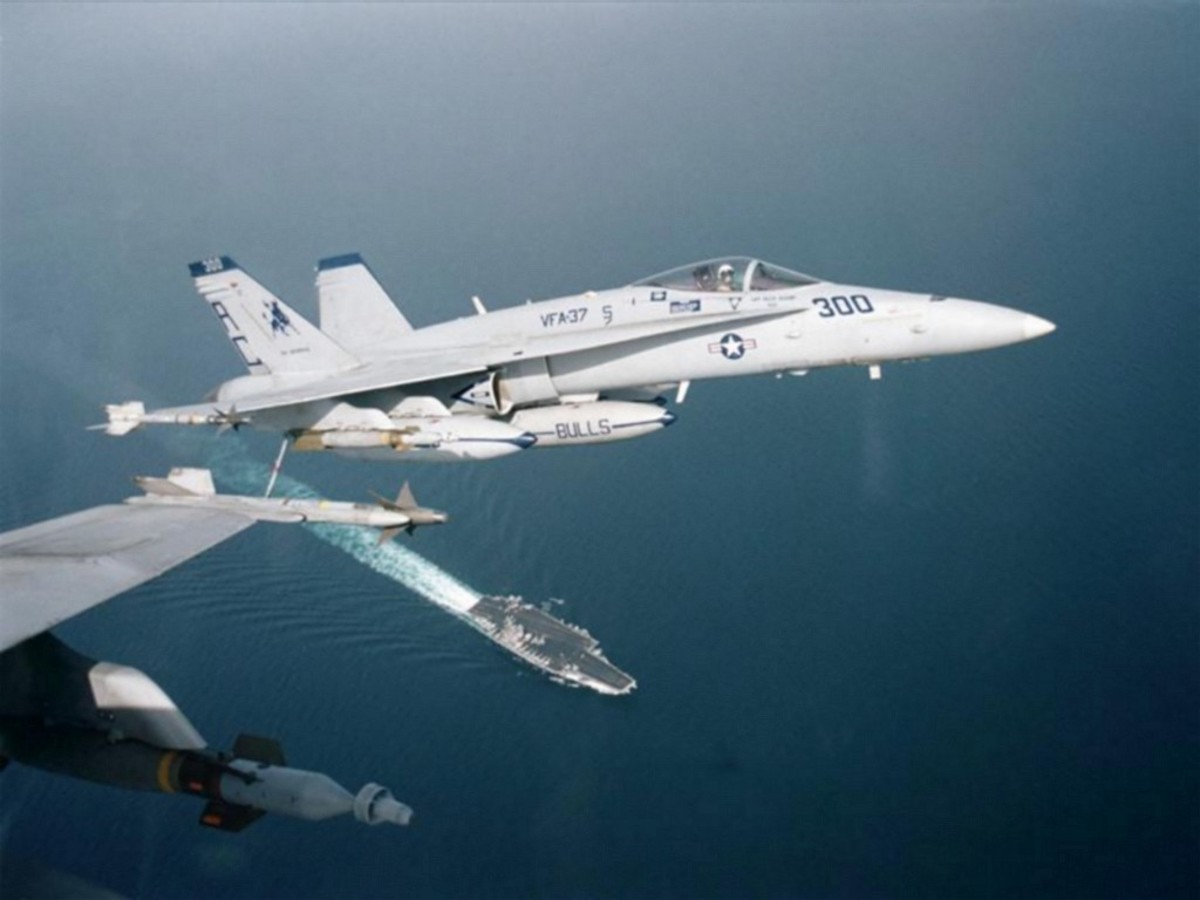Inventions Of the US Space Program - NASA Spinoffs, 3D Computers and AI Quantum Computer

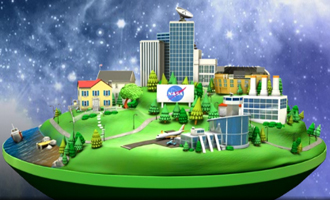

Real Products From Outer Space Research
In 2002, this book was said to discuss impossible things NASA seeks to make possible: transporters (working on that in Cleveland at the John Glenn branch of NASA), time travel, wearable interfaceless computers (how about Google Glass in 2013?), artificial intelligence, androids (Japan's nearly there), enhanced life spans, and holodeck virtual reality.
Just a decade later, most of these things are in the works and many will be realized - such as our capability to grow and even print out new organs. very year, NASA publishes a new report on its Spinoffs from the space program and the 2012 edition has some pretty remarkable and useful accomplishments that most people thought would never happen. That's one good thing about the space program and considerably more reason to support private space companies.

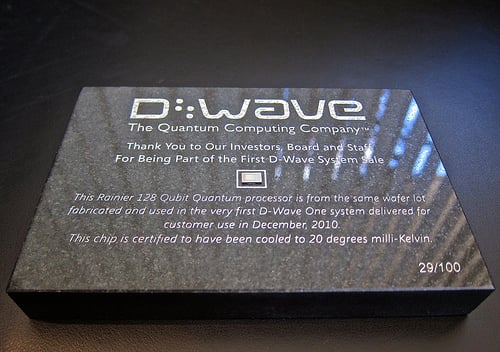
Awesome Developments in 2013
The first 3D Printers for home use were developed and offered at Stapes office supply stores by the end of June 2013 (reference here). As with any new invention, the first edition is usually more expensve than subsequent versions. The first 3D Systems Cube will build colorful objects in a 5.5" 5.5" x 5.5" space, using a WiFi connection and your computer. The cost of this first wave of the product is $1299.99.
Google bought a Quantum Computer for use in the NASA Artificial Intelligence laboratory. How's that for a move by a member of the NASA Commercial Crew? The new lab was formed with the help of the nonprofit Universities Space Research Association in the spring of 2013.
Quantum computers are over the top! They use qubits to represent the classical 0 and 1 states as well as the in-between state called superposition. That's when the qubit is both 0 and 1 at the same time (a little like Shrodinger's Cat), allowing for more problems to be solved at once. The computer NASA purchased is a 512-qubit model and I wonder how long it will be before it is "too small." Interestingly, the more difficult the problem to solve, the faster the D-Wave brand supercomputer is to solve it in test after test.

Office Of the Chief Technologist, NASA
The archives of NASA Spinoff, undere the aupsices of the Chief Technologist, features the incredible items and services developed through the US Space Program. These accomplishments extend all the way back to 1976. Each yearly publication called Spinoff contains dozens of things we would not have, or at least so quickly, if not developed through outer space exploration.
We'll look at some of the things featured in Spinoff for 2012 and go back and peek at just a few in 1976. After that, perhaps you would like to go have a look at the archives.
The US Space Program is still alive at NASA, but also even more vital among the 63+ private aerospace companies in the NASA Commerical Crew. One private space pioneer even expects to send two people to Mars in 2018, far before the deadline NASA set themselves for 2023. It's exciting!
Spinoff 2012 is procuded by NASA Headquarters; Daniel Lockney, Technology Transfer Program Executive.
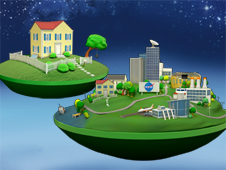

Inventions Created In Outer Space For Earth
NASA Spinoff; public domain photos from 2012
Click thumbnail to view full-size



Not Impossible

William Shatner Sites
- William Shatner on Twitter
The latest from William Shatner (@WilliamShatner). - Shatner on Facebook
- William Shatner's MyOutSpace.com
Tune in for the Improv SciFi series "Space Turkey."
2012 Spinoffs
How about a cancer sniffing cell phone chip? We have those now.
Commercial applications of NASA research and products have produced at lest 44 different items for public us in 2012 alone. The set of photos to the right, below show just a few of these awesome things! Besides the cancer sniffing cell phone chip, we have energy concentrators for solar panels, brand new types of recreational trailers and the Personal Locator Beam. That final item is invaluable for finding lost people on hiking and mountain climbing trips as well as on moon walks.
The public can also benefit from more comfortable and moisture wicking underwear, as modeled by Tim Tebow for Jockey International. Space capsules are small, cramped, and sweaty places, so clothing had to be designed to handle these situations. Personally, I have a pair of sportswear trousers and some socks made of early models of the moisture wicking materials and they have already lasted 10 years - that's a record for me.
Another innovation is the shirt that can be worn 100 days straight without becoming dirty or wrinkled, made from thin wool. Spacesuits themselves are becoming less bulky, which is the way of evolving technology - cell phones and computers were once huge compared to our thin versions today.
The Mars Rovers gave rise to the new hospital robots that can dispense medications or lead patients correctly to their appointments, among other tasks. Some companies are working with such robots to help look after children.
Midwestern Industrial Supply company in Canton OH now makes a rail track and switch anti-icing spray that saves time, costs, and lives. Another company now specializes in sensors that allow plants to send triggered messages to farmers when they need water. Cloud computing software is another 2012 development. Still other products help in the world of fine arts.
Visit the NASA Spinoff website in order to find out what else NASA and commercial companies are doing for you.

Though the technology involved may sound a bit like science fiction,
the benefits are very real.
—Mo Moorman, Jockey International; referring to NASA materials applied to underwear manufacturing.

Captain Kirk and Spinoff


NASA Develops Cosmetics Applications
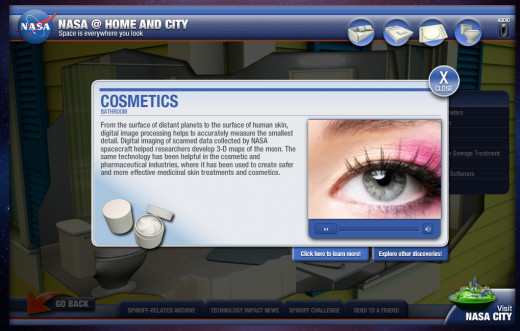

A Look at 1976
I remember seeing the wind-up shaver from the Mercury and Gemini space programs at the USAF Museum at Wright Patterson AFB long ago. It was net to a case of austronaut food that was packed in toothpast tubes - the first food in space was mushy and squeezed out of the tubes. I don't know how well the shaver functioned.
The 1976 Spinoff was named The Bicentennial Report and was 105 pages long! It was released by Edwin Z. Gray of NASA's Industry Affairs and Technology Untilization Office. Even in 1976, NASA was talking about life possibilitites on Mars - and if not life, then at least some industrial materials.
One of the first NASA developments discussed is a medical one: a non-scratch coating for platic eyeglass lenses. Thank NASA for that - I do every tine I purchase new glasses! An electronic machine was developed that can test a patient's eyes in seconds, testing for sight, glaucoma, and other conditions, and print off a presciption. Another dvelopment is early detection of hardening of the arteries. Firemen's air tanks come from astronaut equipment. Several contruction materials and safety devices were introduced. Explosives for leveling a skyscraper building to be demolished - in seconds and almost stright down - were highlighted in this issue of Spinoff.
Transportation was improved by NASA developments of better braking systems, studless winter tires, and other measures. NASA took the heat-pipe concept from WWII and applied it to space capsules, leading to heated oil pipelines in Alaska.
Many other developments emerged in energy production, foam padding used in football helmets, new types of wheelchairs, hunters' insulated clothing, composite golf clubs, handheld search lights, and even a packaged NASA Meal for the Elderly. You probably have something in your home today that resulted from NASA research in space.

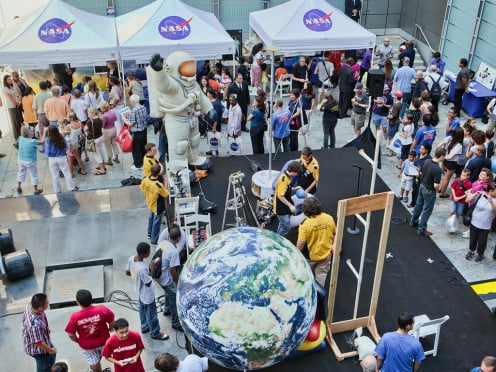

Visit NASA SPINOFF, 1976 - Present


